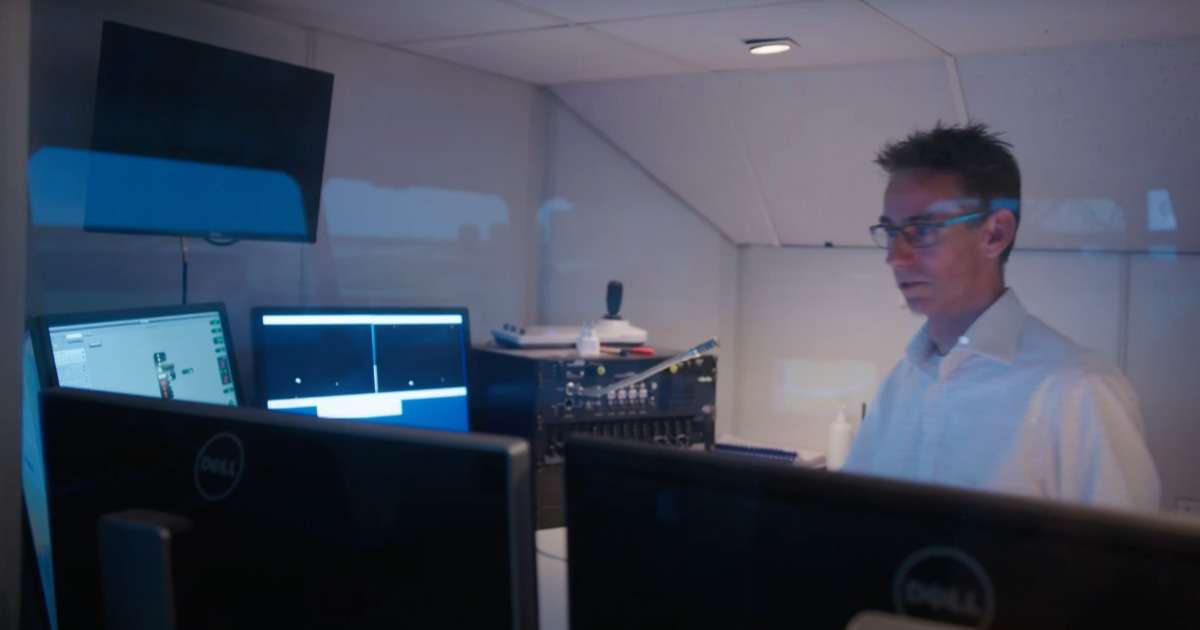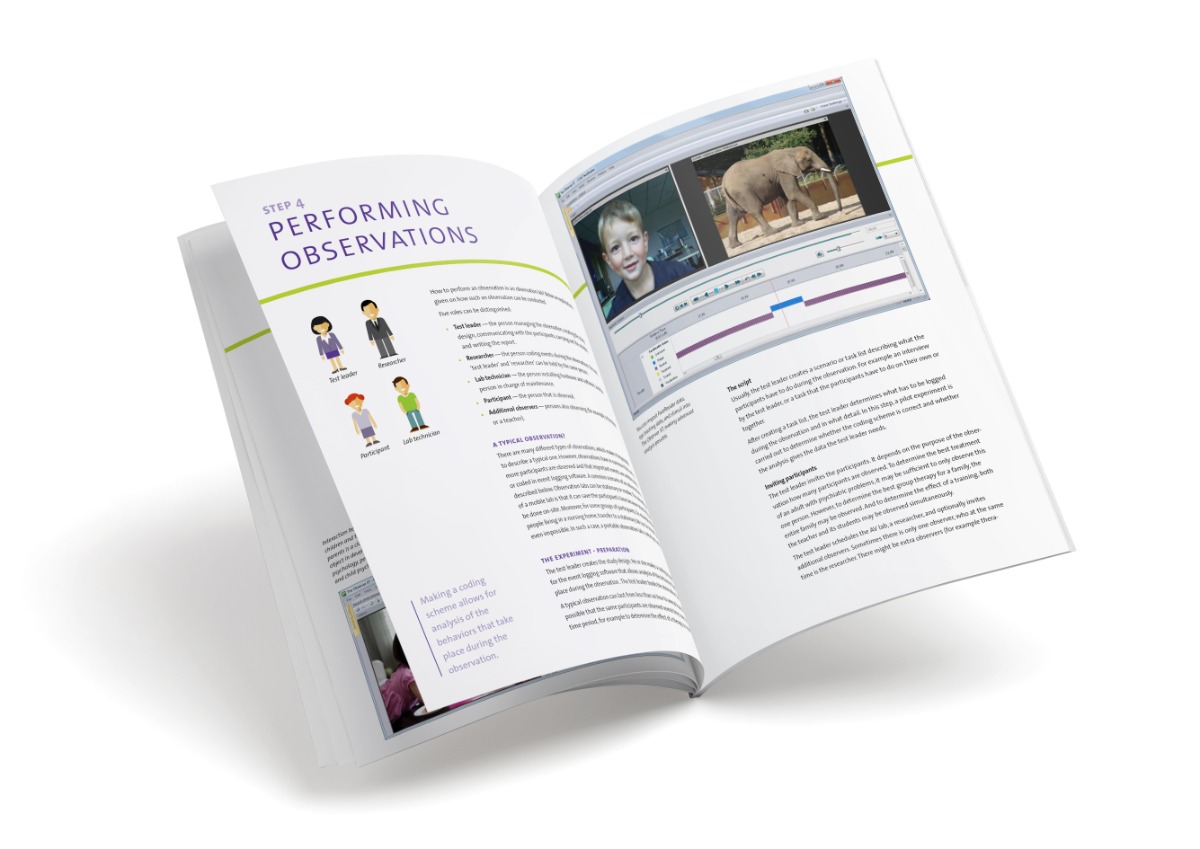
Effective security screening and airport processes
Do you know this feeling? You are impatiently waiting in line for the security screening. While in line you have to take off your shoes and gather all small change from your pockets to put it in a container before walking through a metal detector hoping that it won’t detect any forgotten coins or other metal on you? There is a lot going on at an airport and the security screening is just one of the activities. A group of researchers looked into the security screening process at two airports. So how do people behave and what is their role in the process? What actions can be observed and is there a difference between domestic and international airports, and quiet and busy times?
Behavior at an airport
Passengers play an active role in making airport security screening work, according to Kraal and colleagues. Dr. Ben Kraal from the People and Systems Lab, Queensland University of Technology, Australia presented his work at the 5th International Congress of International Association of Societies of Design Research in Tokyo, Japan. He is one of the researchers in an international research project called Airport of the Future. The program aims to improve the safety, security, efficiency, and passenger experience within Australian airports by developing an integrated and adaptive complex systems approach for the design, management, and operation of airports.
Security checkpoint
In this case, Kraal and colleagues analyzed behaviors at two airports in Australia (domestic and international) and observed a total of 196 passengers. Their goal was to provide new knowledge on what passengers do as they move through security and to find a way to analyze this behavior. As the researchers explain: “a set of activities are required when moving through a security checkpoint: unpack personal items, walk through a metal detector, collect personal items, repack, and move on”.
Experiment design
Field studies at two airports were conducted to gather data. Two methods were used to investigate activities. The activities of the passengers were coded and analyzed to reveal the common activities at domestic and international security regimes and between quiet and busy periods. Trained coders coded unpacking, waiting in line, walking through the metal detector, waiting for luggage, repacking, and waiting for others using The Observer XT research and analysis software. A second method was used to enrich the picture of passenger activities at airport security screening. In this, Kraal et al. described three cases in depth in order to demonstrate that the seven security activities described in the coding scheme are complexly interwoven with each other and other activities.

International and domestic airport
As explained, the researchers selected four segments: international airport busy time, international airport quiet time, domestic airport busy time, and domestic airport quiet time. Kraal et al. found that during the busy period at the domestic airport time spent in the line and the time that passengers wait for luggage seems to increase while other activities seem to take less time during this period when compared with the quiet period. The main difference between the international and domestic airports was that unpacking activities took longer on average during busy times at the international airport and were faster during quiet times. Conversely, at the domestic airport, unpacking activities took longer when it was quiet than when it was busy.
Qualitative and quantitative data
Combining qualitative data with quantitative data can provide researchers with more information about a certain phenomenon. It also focuses on different aspects of the problem. Therefore, designers gain knowledge that helps them design gates that will enable a quick and efficient security check at airports. If you are interested in the Airport of the Future project, visit the website. There are many more projects mentioned on the site which contribute to the field of behavioral analysis.
Reference
Kraal, B.; Popovic, V.; Cave, A.; Taris, A. (2013). Co-production of actions and activities at airport security screening. Proceedings of the 5th International Congress of International Association of Societies of Design Research, Tokyo 26-30 August, 2013. http://design-cu.jp/iasdr2013/papers/1009-1b.pdf
Get the latest blog posts delivered to your inbox - every 15th of the month
more

Machine learning and object detection
Humans are incredibly good at recognizing patterns. Now computers can do it as well, and that can be useful. Read more about machine learning and object detection.
Behind the scenes at MARIN: research into human decision making
One of the world's leading maritime research institutes: MARIN, took us on a tour in their ship bridge simulator. A great customer success story that highlights the importance of human factor research.

